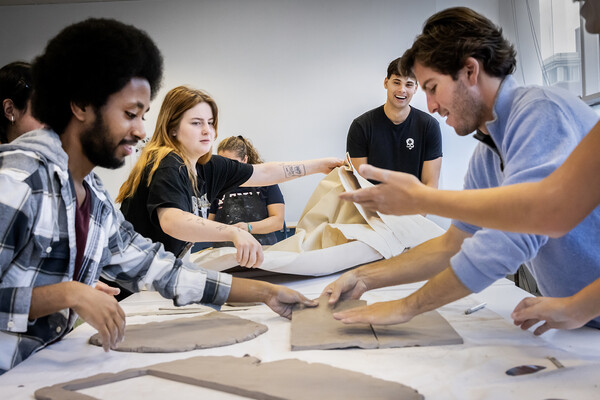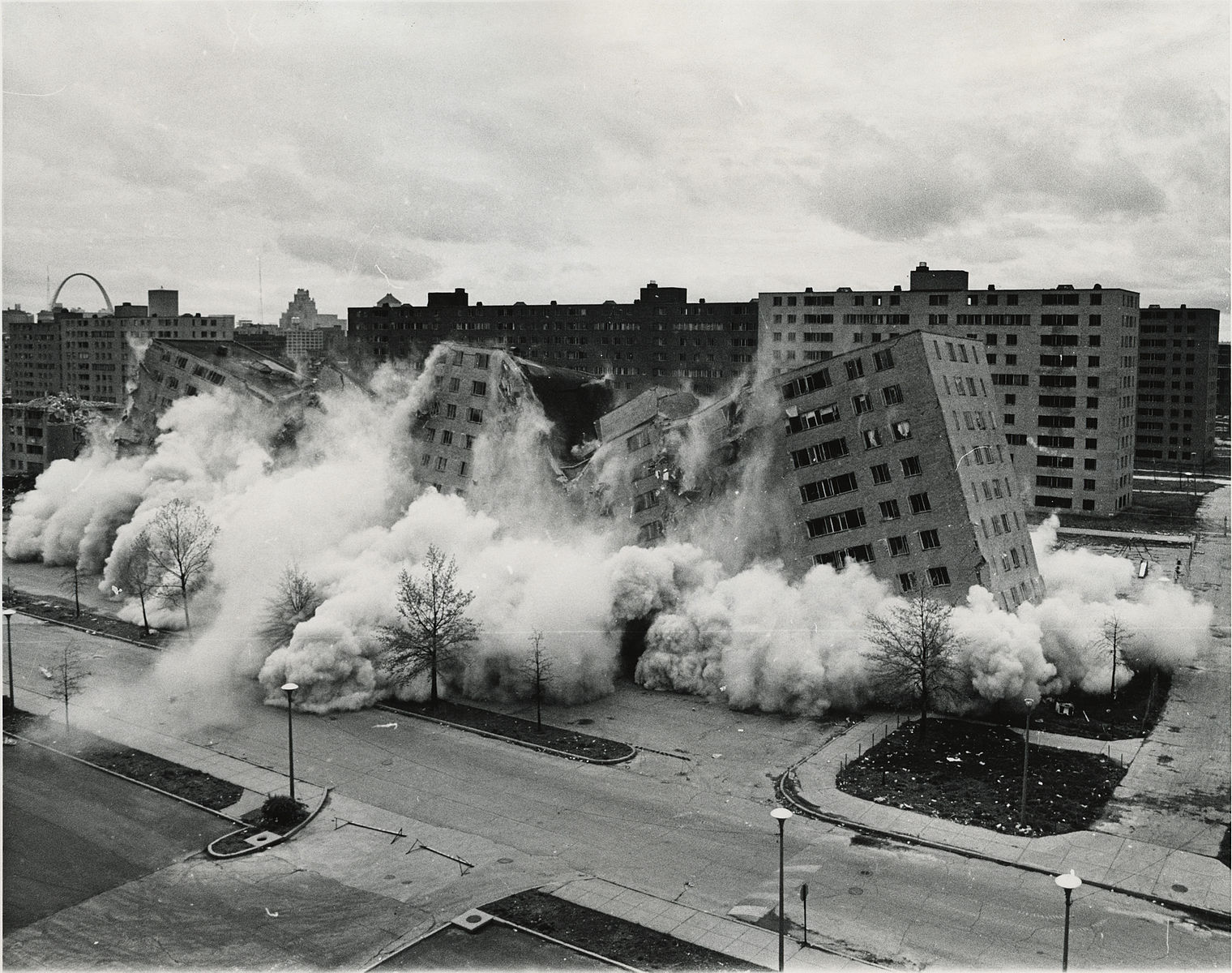
Atlanta was one of the first cities to build public housing developments as a part of the New Deal of the 1930s, during a time when Black citizens had a marginalized role in politics and planning. As the demographics of public housing shifted towards a Black matriarchy, public housing also became a site for political power for its residents, says Akira Drake Rodríguez, assistant professor in the Stuart Weitzman School of Design.
Rodríguez uses interdisciplinary research to look at the politics behind urban planning. Her new book, “Diverging Space for Deviants: The Politics of Atlanta’s Public Housing” (University of Georgia Press), explores how the intersection of race and public housing development planning in Atlanta created a politics of resistance. Public housing is not a dysfunctional relic of the welfare state, she says, but rather an entry point into the policy-making process for underrepresented and disenfranchised voices.
She talked with Penn Today about her research.
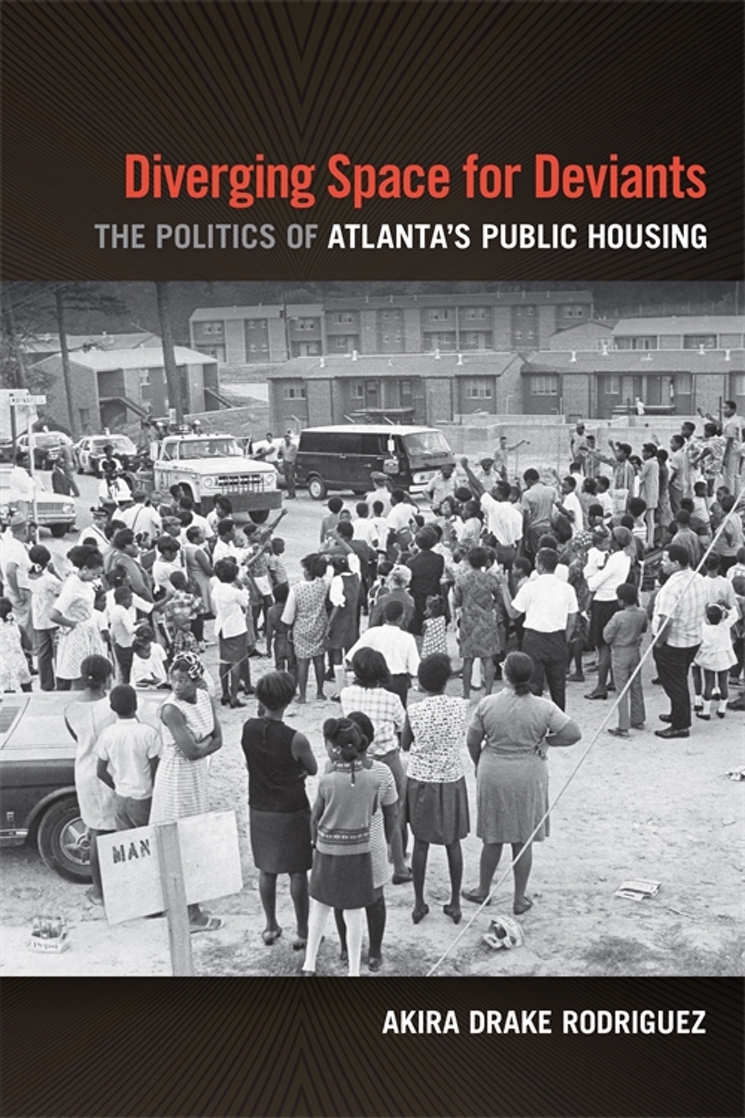
Plagued by pest issues, a lack of maintenance and infrastructure, and the infamous missing and murdered children cases, Atlanta’s public housing structures were often characterized as a problem, which you talk about in the book. Yet it is also the site of what you call ‘Black participatory geographies.’ How does this play out in public housing?
Public housing served as an alternative space for Black participation in urban political life. Over the course of the 20th century, Black public housing developments (first segregated de jure and then de facto) provided political opportunities to groups who were disenfranchised legally or extra-legally, from Black business owners and social workers to single head of households and elderly women.
The public housing development and its tenant association allowed those who lived within and around its buildings to take advantage of its unique political scalar structure as a program that was federally legislated, state authorized, and locally implemented and administered. As a result, this previously excluded group of public housing tenants engaged with council persons, mayors, governors, and presidents in order to change their community. Many ran for office, worked for elected officials, or started new organizations dedicated to tenant politics. In demolishing public housing’s unique programmatic and political opportunity structure, we have also demolished a critical entry point for deviant, or intentionally underrepresented, interests into local, state, and federal policies.
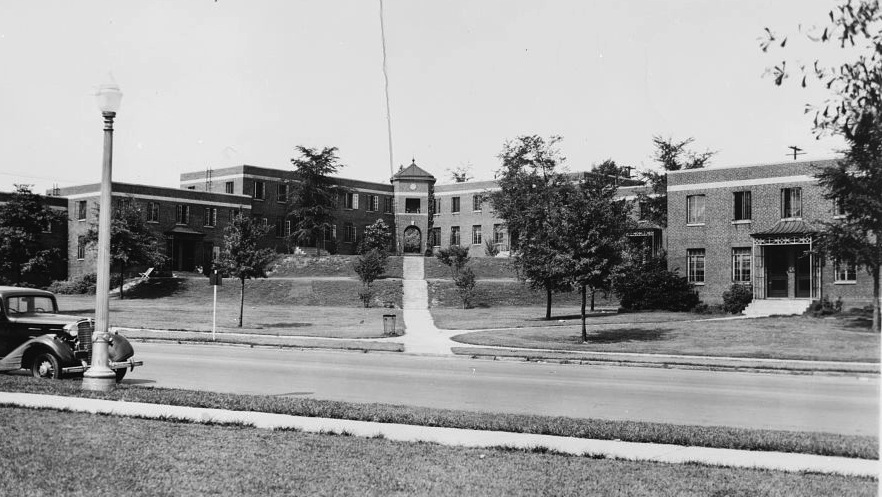
You write about how segregation is made to appear ‘natural’ by utilizing existing features like rivers and creeks and then manmade ones like railroads, walls, and public housing developments. How does landscape play a role in determining land use and separating ‘deviants’ from others?
There is extensive scholarship and literature on the role of physical environmental features in enhancing the economic value of the built environment. Local officials, housing authorities, and urban planners worked in concert to naturalize and normalize racial segregation, stratification, and difference by aligning inferior physical and built environments with nonwhite, non-single-family residential land uses in the city.
This has short-term and long-term impacts. In the short-term, the tendency to site Black public housing developments in areas without infrastructure (low-lying areas, no sidewalks, poor quality water and sewage infrastructure, lack of green space and tree canopy, too few schools, and little to no public transportation) meant that tenant needs were greater, maintenance costs were higher, and turnover was slower as the lack of infrastructure often destabilized already precarious employment opportunities. In the long-term, for cities that still have public housing, we are witnessing their ‘natural’ decay as they are subject to greater flood risk and urban heat island effect because of these siting decisions that were made half a century ago and from continued under-investment.
Yet we have naturalized and normalized these conditions of public housing developments onto their tenants, demonizing them as deviants, not of the ‘deserving poor,’ and thus having little political voice in the policy-making process. We need to preserve quality public housing developments so that we may continue to have advocates for the program and its residents.
How do respectability politics influence the way public services are funded?
There is also an extensive body of scholarship on the concept of the deserving poor and the intersecting roles of race, class, and gender on shaping that deservingness. Certainly, in social welfare policy, we have created more tax and program incentives to acclimate to middle-class norms: two adult wage earners and two children in a single-family home. From the early origins of the public housing program during the New Deal, when local Black and white leaders sat on ‘advisory committees’ to shape how the developments would operate locally, there was substantial debate on how the Black household was not able to meet those norms. There were some families living in arrangements outside of the nuclear family, perhaps caring for a relative or family friend, who were not allowed to take advantage of the program, even if they had otherwise qualified. Single women, who were much of the teaching workforce at the time, also did not qualify in the early program because of the fear that such different household arrangements could destabilize the already precarious Black family.
I write about how the political possibilities of public housing developments is that they eventually begin to account for these excessive families and nontraditional households, but that would come after tenants fought for that inclusion.
In the context of the New Deal, in Georgia, there was still a white Democratic primary that widely disenfranchised Black residents with frequent lynchings and other acts of violence that limited political opportunity. In keeping with respectability or uplift politics, these local advisory committees were trying to maximize newly afforded benefits to as wide a group as possible, without incurring the white backlash that so often accompanies Black progress.
Please discuss the exploration of the 1996 Olympic Ring in Atlanta and how the vision for a redeveloped landscape interacted with that of public housing, which was eventually razed. What could have been an alternative vision for the Olympic landscape that would have benefitted, rather than displaced, Atlanta’s most vulnerable citizens?
The mayor at the time, who was the first Black mayor in Atlanta, Maynard Jackson, really wanted the Olympics to be an answer to poor Black Atlanta’s problems. Mayor Jackson had a reputation as a mayor of the people and a really strong contingent of supporters in the public housing tenant association leadership.
When he and his urban planner Leon Eplan conceived of the Ring, it was meant to employ Black youth, redevelop public housing to be fully modernized and incorporated into the downtown Atlanta fabric, and revitalize the downtown to serve more Black business owners and real estate developers. Eplan himself noted that the Olympics was a ‘planner’s dream’ because of how it aligned all of Atlanta’s disparate interests under one unified goal.
Eplan would later go on to tell me that Atlanta’s Centennial Olympics were the first modern Olympics to turn a profit, so you can imagine that the plan to address the needs of the poor was transformed to address the needs of the powerful. The Olympic Ring—a two-mile radius around the downtown where all of the Olympic events were held in 1996—marks the beginning of this new enclosure of the city, whereby growth is pulled from its once prosperous suburbs and funneled into the downtown. Unfortunately, all of these resources came after public housing residents were largely displaced by redevelopment efforts that reduced the number of affordable units, after the closure of one of the largest shelters for men experiencing homelessness in the southeastern U.S., and amidst increasing efforts to criminalize and disenfranchise youth, such as those who sell bottled water at Atlanta’s many intersections.
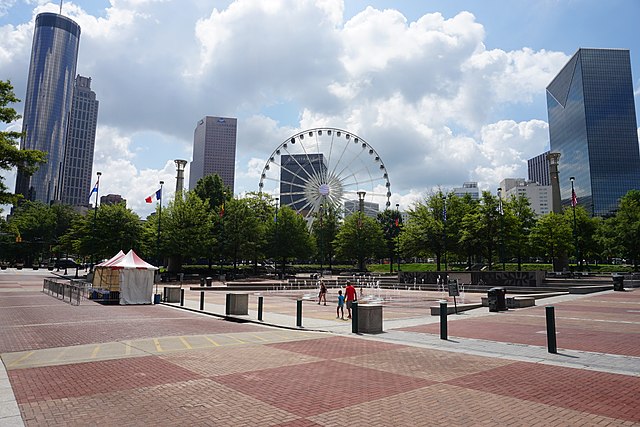
In the book’s conclusion, you write, ‘the possibility of bringing new Black participatory geographies into cities without public housing is an exciting and mobilizing vision for the future.’ What might this look like?
I think this pandemic has actually created, and strengthened, some of these new Black participatory geographies. Certainly, the emergence of mutual aid funds and the increasing networks of solidarity across different movements have been examples.
I am currently doing some work on the role of public schools as Black participatory geographies, bringing together different movements around labor, care, education, and environmental justice that center on building up schools as critical public infrastructure. And so I think the future looks like repurposing these public goods and services that we think are ‘dysfunctional’ or in a ‘death spiral’ and reclaiming them as the political opportunity structures they are.




